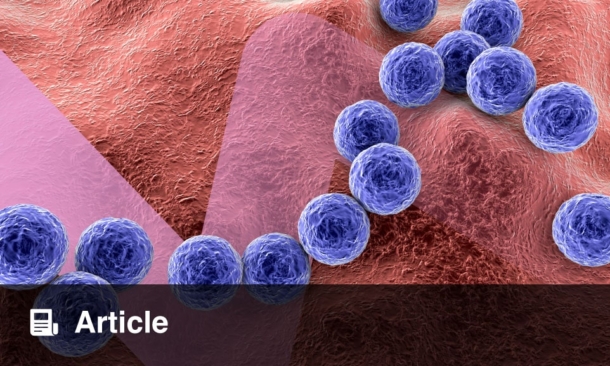NEOADJUVANT immunotherapy has emerged as an important strategy for patients with high-risk Stage III melanoma, with growing evidence that pre-surgical treatment may improve survival compared with adjuvant therapy alone. Recent phase II and III trials have demonstrated superior event-free survival with neoadjuvant regimens, although concerns remain around toxicity, particularly with doublet immune checkpoint inhibitors such as nivolumab and ipilimumab.
Tiragolumab and Atezolizumab Trial for Melanoma
In the phase II NeoACTIVATE study, researchers evaluated the combination of atezolizumab (anti-PD-L1) and tiragolumab (anti-TIGIT) in patients with surgically resectable Stage III melanoma. The rationale for targeting TIGIT stems from its role as a co-inhibitory receptor on activated T cells and NK cells, where it promotes immune exhaustion. Blocking TIGIT alongside PD-L1 has been shown to enhance immune responses, making this doublet an attractive candidate with the potential for lower toxicity than other immunotherapy combinations.
The trial reported a major pathological response (MPR) rate of 47%, which compares favourably to monotherapy with pembrolizumab and is only slightly lower than other neoadjuvant immunotherapy doublets such as nivolumab with relatlimab. Importantly, patients in NeoACTIVATE presented with more advanced disease than in comparable studies, making these results particularly encouraging. No patients progressed to unresectable disease during neoadjuvant treatment, though a small number had asymptomatic distant progression identified before surgery.
Balancing Efficacy and Safety
One of the key advantages of the atezo/tira regimen was its favourable safety profile. Only 5.9% of patients experienced grade 3 or higher treatment-related adverse events, a lower rate than seen with ipilimumab-based doublets and broadly comparable to single-agent regimens. This suggests that tiragolumab plus atezolizumab could offer an effective balance between efficacy and tolerability for patients with high-risk Stage III melanoma.
Looking forward, predictive biomarkers are urgently needed to identify which patients are most likely to benefit from this approach. If validated in larger, randomised trials, the atezo/tira combination could become an important option in the evolving landscape of neoadjuvant immunotherapy for melanoma.
Reference
Hieken TJ et al. NeoACTIVATE Arm C: Phase II trial of neoadjuvant atezolizumab and tiragolumab for high-risk operable Stage III melanoma. Eur J Cancer. 2025;227:115688.








